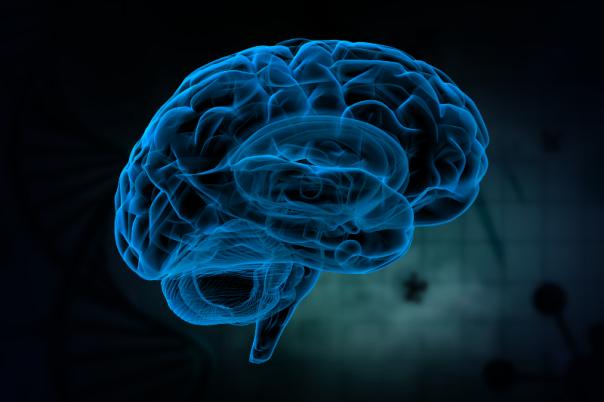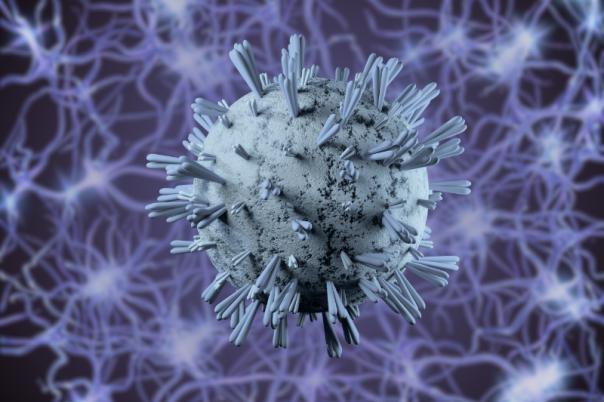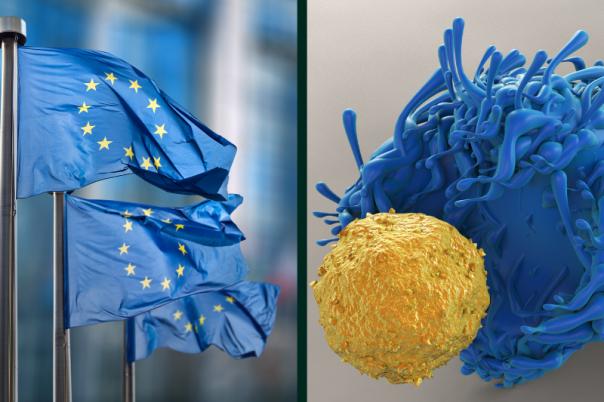Brain Organoids are lab-grown, patient-derived structures that replicate human brain tissue. Joshua Bagley, CSO at a:head Bio focused on how a:head Bio uses brain organoids for drug discovery in the field of central nervous system (CNS) therapeutics. He kicked off with a historical overview, highlighting how early CNS drugs were discovered through serendipity and later through an understanding of neurotransmitters.
Bagley explained that traditional drug discovery has relied on target-centric methods. However, recent advances in human stem cell technology now allow researchers to grow human cells in vitro and use them for drug testing. There has been a movement away from 2D cultures to more complex 3D organoids. Bagley suggested that this shift can be attributed to the fact that 2D culture works well in the lab setting but not in humans.
Bagley emphasised the need for brain organoids due to the translational gap in current CNS research (the disconnect between preclinical and clinical research). He explained a:head Bio’s vision: “So we envision using human biology, complex human biology from the earliest stages of drug development all the way through the process until it goes into an actual human. This is the so-called end-to-end human drug discovery on brain tissue, which is really the vision of the a:head platform.”
Animal models and traditional in vitro studies do not always accurately predict human responses. Brain organoids, derived from patient cells, offer a more human-relevant, scalable, and accessible model for drug screening. Bagley added: “The brain organoids actually provide access to an inaccessible tissue. And of course, because they're in vitro grown, they are scalable and therefore amenable to screening.” By replicating aspects of human brain tissue these organoids allow researchers to conduct various analyses such as histology and electrical recordings.
Furthermore, human brain organoids are used to model disease phenotypes and serve as the basis for developing screening assays. These assays can then be used for functional genomics and preclinical development, potentially leading to more effective clinical trials.
Bagley outlined the structure of brain organoids: “They are four to five millimetres in diameter and when you look inside, they contain millions of neurons and functionally active neural neuronal networks. So basically, they are scalable human neuronal networks.” This makes them suitable for studying diseases and testing therapeutic interventions.
A current case study showed how organoids can model genetic diseases like Dravet Syndrome. He also mentioned using multi-electrode arrays to record electrical activity, offering insights into network dynamics and connectivity, which are critical for studying neurological and psychiatric disorders.
Bagley closed by reiterating the potential of brain organoids for modelling human brain diseases, gene therapies, and CNS drug discovery. a:head Bio aims to expand its organoid models beyond epilepsy to create a scalable platform for higher throughput drug screening and develop new therapeutics for CNS diseases.





